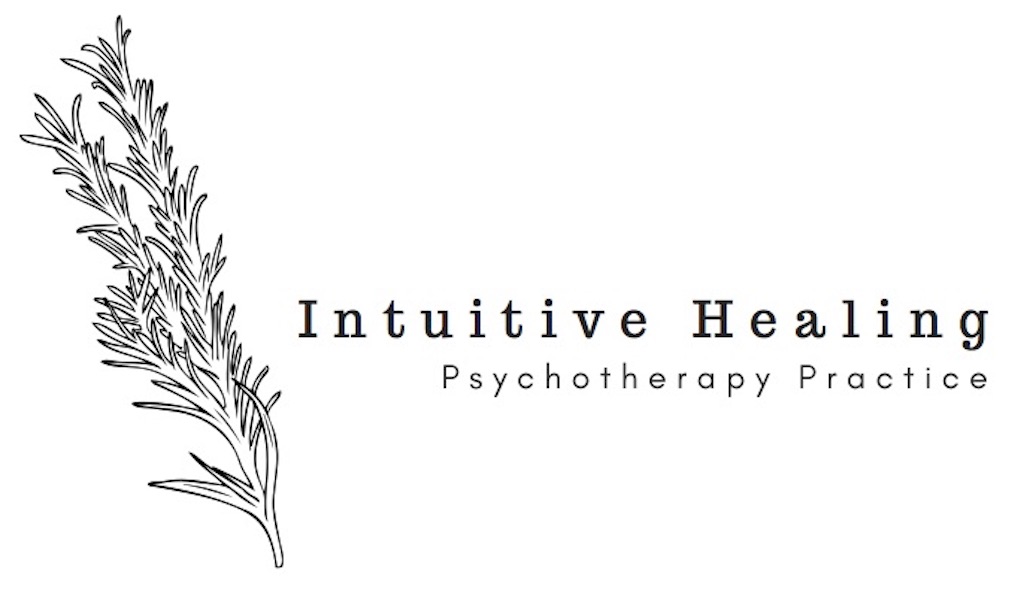The Creativity Myth and How It Shows Up in Therapy
Molly Rushing, Advanced Clinical Fellow
One of the most common refrains I hear when I introduce expressive arts interventions in therapy is: "I'm not really a creative person." It's said like a fact, as though creativity is something you either have or you don’t, like curly hair or perfect pitch. But what if that isn't true? What if creativity isn't a personality trait or a professional skill, but an innate part of being human? If you’re reading this and thinking, "Yeah, but still… I can barely draw a stick figure," let me be clear: this isn’t about being an artist. It’s about accessing a resource you already have.
You Don't Have to Be an Artist to Be Creative
We tend to equate creativity with artistic talent, such as singing or painting. But creativity isn’t limited to artistic skill. It’s also your ability to solve problems, approach challenges from unexpected angles, and imagine new ways of being. Creativity is not a measure of your output, but a mode of engaging with the world that values curiosity, flexibility, and intuition.
Brené Brown puts it perfectly in The Gifts of Imperfection: “There’s no such thing as creative people and non-creative people. There are only people who use their creativity and people who don’t. Unused creativity doesn’t just disappear. It lives within us until it’s expressed, neglected to death, or suffocated by resentment and fear.”
Creativity’s Role in Therapy
In therapy, when someone allows themselves to engage with creativity, whether that’s through visual art, movement, writing, or metaphor, something powerful tends to happen. Often, it sounds like this: "Wow, I didn’t know that was there." Creativity has a way of bypassing the internal editor, the overthinking mind, the parts of us that need to say the right thing or stay in control.
When we express ourselves through more symbolic and abstract ways, we access material that might otherwise stay buried beneath language. It helps us externalize what’s hard to name and invites us to connect the dots in unexpected ways. Often, it allows for a kind of catharsis or clarity that talking alone doesn’t reach.
You Were Always Creative
You don’t have to be a trained artist to benefit from this. You don’t need to buy fancy supplies or share your work with anyone. What you do need is a little bit of curiosity and a willingness to let go of the idea that your creative expression has to be "good." Creativity is not a performance. It’s a practice. It’s a way of listening to yourself more closely.
So the next time you hear that inner voice say, "I'm not a creative person," I invite you to pause and wonder: Who told you that? And what might happen if you didn’t believe them?
